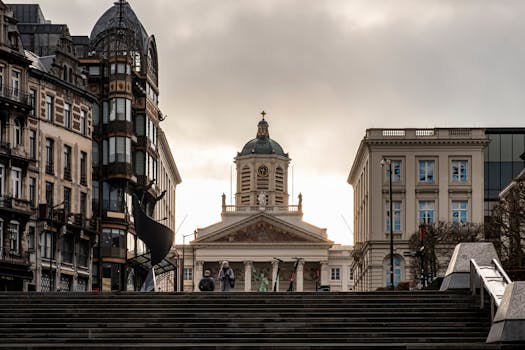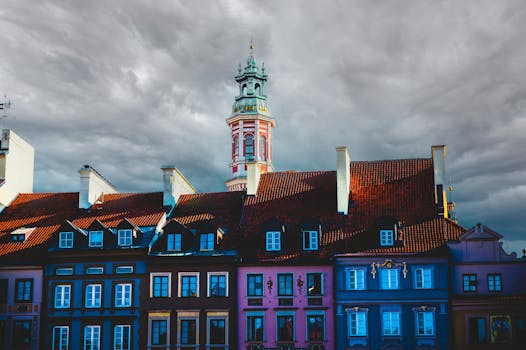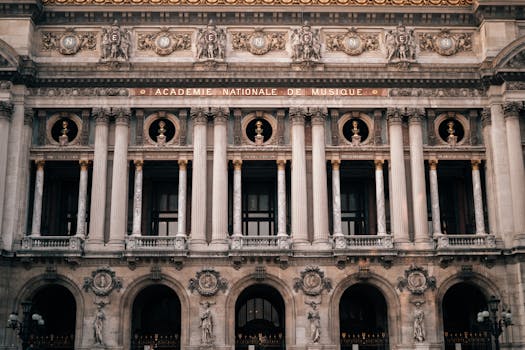Traveling Through Time: How Europe’s Historical Heritage Shapes Modern Lifestyles in 2025
Traveling Through Time: How Europe’s Historical Heritage Shapes Modern Lifestyles in 2025. Europe, a continent steeped in history and culture, has long been a hub of innovation and progress. As we journey through the ages, it becomes clear that the past continues to shape our present and future. In this article, we’ll delve into the ways in which Europe’s historical heritage influences modern lifestyles, from the architecture that surrounds us to the art that inspires us, and the culture that defines us.
A Brief History of Europe

To understand the impact of Europe’s historical heritage on modern lifestyles, it’s essential to take a step back and appreciate the continent’s rich history. From the ancient civilizations of Greece and Rome to the Renaissance and beyond, Europe has been a hotbed of creativity, innovation, and progress. The continent’s complex and often tumultuous past has left an indelible mark on its architecture, art, literature, and culture.
The Influence of Historical Heritage on Modern Lifestyles

So, how does Europe’s historical heritage shape modern lifestyles? The answer lies in the many ways in which the past informs and inspires our present. For example, the stunning architecture that dots the European landscape, from the Eiffel Tower to the Colosseum, continues to inspire modern design and construction. The art of the Renaissance, with its emphasis on realism and humanism, influences contemporary art and culture. The literature of Europe, from Shakespeare to Tolstoy, continues to shape our understanding of the world and ourselves.
Preserving Historical Heritage for Future Generations

As we look to the future, it’s essential that we preserve Europe’s historical heritage for generations to come. This can be achieved through a combination of conservation efforts, education, and innovation. By protecting and restoring historical sites and monuments, we can ensure that the past remains accessible and relevant to the present. By educating ourselves and others about the importance of historical heritage, we can foster a deeper appreciation and understanding of the role it plays in shaping modern lifestyles. And by embracing innovation and technology, we can find new and creative ways to engage with and preserve the past.
Conclusion

In conclusion, Europe’s historical heritage plays a profound role in shaping modern lifestyles. From the architecture that surrounds us to the art that inspires us, and the culture that defines us, the past continues to inform and influence our present and future. As we look to the future, it’s essential that we preserve and protect this heritage, not just for its historical significance, but for its ongoing impact on our daily lives.



